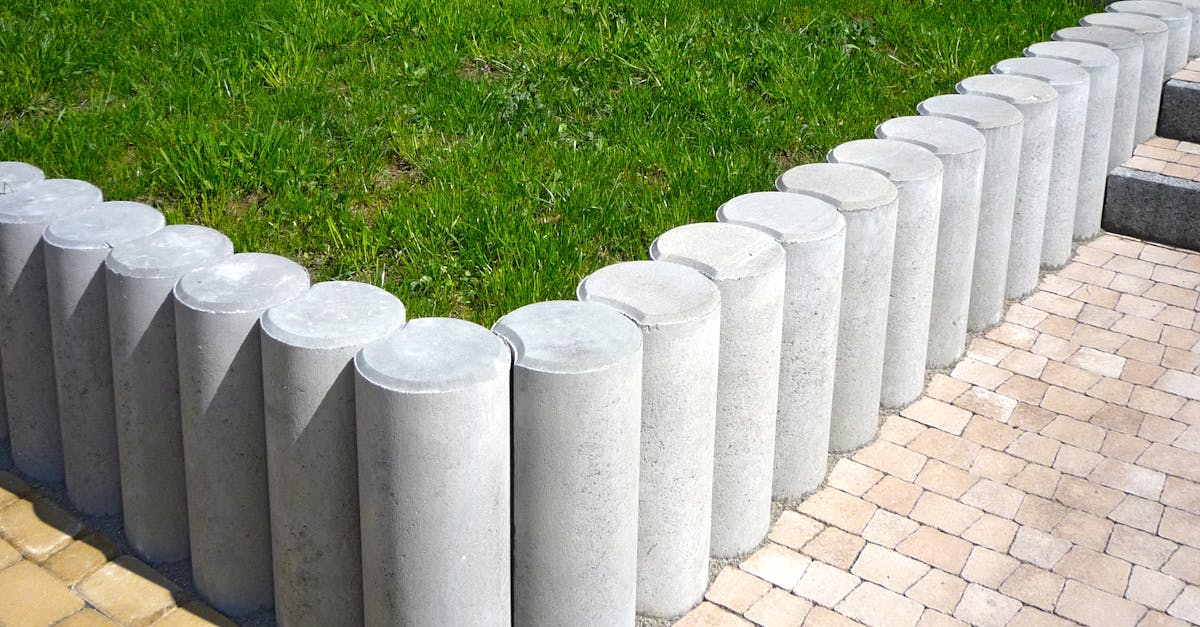
Planting and Pruning Services
TMP Landscaping Services offers expert Planting and Pruning services for residential and commercial properties. Our skilled team of landscapers will work with you to select the perfect plants for your garden or outdoor space, taking into consideration factors such as sunlight, soil composition, and climate. Whether you are looking to add some new flowers, shrubs, or trees to your landscape, or simply need some maintenance pruning to keep your existing plants healthy and beautiful, we can help. With attention to detail and a focus on achieving the aesthetic appeal you desire, TMP Landscaping Services is committed to delivering exceptional results for all your planting and pruning needs.
Pruning Dos and Don'ts
Pruning is an essential practice in maintaining the health and appearance of plants and trees in your landscape. When it comes to pruning, there are some key dos and don'ts to keep in mind. One important 'do' is to use the right tools for the job. Make sure your pruning shears, loppers, or saws are sharp and clean to ensure a proper cut and minimize the risk of disease transmission. Furthermore, always prune at the right time of year - typically during the dormant season for most trees and shrubs, but some species may require pruning after flowering.
On the other hand, there are some 'don'ts' that should be avoided when pruning. One common mistake is cutting off the branch collar, which is the swollen area at the base of a branch where it connects to the trunk. Removing this collar can lead to slow healing and make the plant more susceptible to disease. Additionally, avoid leaving stubs when pruning, as they can attract insects and pathogens, causing further damage to the plant. Remember to never prune more than one-third of a plant's foliage at a time, as this can stress the plant and affect its growth and vigor.
Common Mistakes to Avoid
When pruning your plants, one common mistake to avoid is the improper timing of the activity. Pruning at the wrong time can leave plants vulnerable to diseases and pests, impacting their ability to recover and grow properly. It is crucial to know the appropriate time to prune each specific plant species to promote optimal health and growth.
Another mistake to steer clear of is overpruning. While pruning is essential for plant maintenance, excessive pruning can harm the plant by removing too much of its foliage, inhibiting its ability to photosynthesize and produce energy. Overpruning can also lead to weak branches and a less aesthetically pleasing appearance. It is important to follow proper pruning techniques and guidelines to ensure the health and vitality of your plants.
Pruning for Plant Health
Pruning plays a vital role in maintaining the health and vitality of plants. By removing dead or diseased branches, you can prevent the spread of diseases and promote new growth. It is essential to prune at the right time of year to minimize stress on the plant and maximize its ability to recover.
When pruning for plant health, it is important to use sharp, clean tools to make precise cuts. Proper technique is key to ensuring the plant can heal quickly and effectively. Additionally, understanding the specific needs of different plant species is crucial when determining the best pruning practices. By following these guidelines and paying attention to the individual requirements of each plant, you can promote overall plant health and longevity.
Promoting Growth and Vigor through Pruning
Pruning plays a vital role in promoting growth and vigor in plants, especially woody varieties. By using the right tools, such as hand pruners or lopping shears, gardeners can selectively remove dead or overgrown branches, allowing for new growth and improved air circulation within the plant. Properly pruned plants are better equipped to fight off diseases and pests, ultimately leading to healthier and more resilient specimens.
Timing is crucial when it comes to pruning for growth promotion. Different plants respond best to pruning at specific times during their growing seasons. For example, shrub roses are often pruned in late winter or early spring to encourage robust flowering in the upcoming season. However, for deciduous plants like raspberry bushes, it is recommended to prune them early in the season before new growth emerges. Understanding the unique needs of each plant can help gardeners make the most of their pruning efforts and foster optimum growth and vigor.
Training Young Trees through Pruning
When it comes to training young trees through pruning, it’s crucial to understand that early interventions can greatly impact the overall health and growth of the tree. Proper pruning techniques not only help shape the tree for optimal growth but also ensure structural strength and longevity. It is important to prune young trees selectively, focusing on removing dead or damaged branches, crossing branches that may rub against each other, and any branches that obstruct the central leader or main trunk.
Another key aspect of training young trees through pruning is establishing a strong and well-balanced framework. By strategically pruning to encourage good branch distribution and spacing, you can help prevent future issues such as crowding, weak attachments, or imbalanced growth. Additionally, promoting a strong central leader or main trunk can aid in the overall stability and aesthetic appeal of the young tree. Proper pruning techniques early on can set the foundation for a healthy and thriving tree for years to come.
Shaping Trees for Proper Growth
To ensure proper growth and development of trees, shaping techniques play a crucial role in manipulating the structure and form of the plant. When shaping trees, it is essential to consider the natural growth habits of the specific tree species. For instance, trimming back the lower branches of a tree can help promote upward growth and prevent the formation of low-hanging limbs that might interfere with pedestrian walkways or landscaping features. By selectively pruning branches to maintain the tree's desired shape and size, gardeners can encourage healthy growth patterns that enhance the overall aesthetics and functionality of the tree within the landscape.
Moreover, shaping trees through pruning can also help improve air circulation and sunlight penetration throughout the canopy. Thinning out dense foliage allows for better light exposure, which is essential for photosynthesis and overall tree health. Furthermore, removing crowded or crossing branches can reduce the risk of disease and pest infestation by promoting airflow and minimizing potential entry points for pathogens. Proper shaping practices can contribute to the longevity and vitality of trees, ensuring their resilience to environmental stressors and enhancing their natural beauty in the landscape.
FAQS
When is the best time to prune my plants?
The best time to prune plants typically depends on the type of plant. However, as a general rule of thumb, it is best to prune flowering shrubs right after they bloom, while dormant trees are usually pruned in late winter or early spring.
How much of the plant should I prune?
The amount of pruning required varies depending on the plant species and the objective of pruning. As a general guideline, you should avoid removing more than 30% of the plant's foliage at one time to ensure its health and vigor.
Can I prune my plants to control their size?
Yes, pruning can be used to control the size and shape of plants. However, it is important to follow proper pruning techniques to avoid causing stress or damage to the plant.
Are there any specific tools I should use for pruning?
Yes, it is important to use sharp and clean pruning tools to make clean cuts and prevent the spread of diseases. Some common tools used for pruning include pruning shears, loppers, and pruning saws.
How can I promote healthy growth in my plants through pruning?
Pruning can help promote healthy growth in plants by removing dead or diseased branches, improving air circulation, and shaping the plant to encourage new growth. It is important to prune strategically to achieve the desired results.


